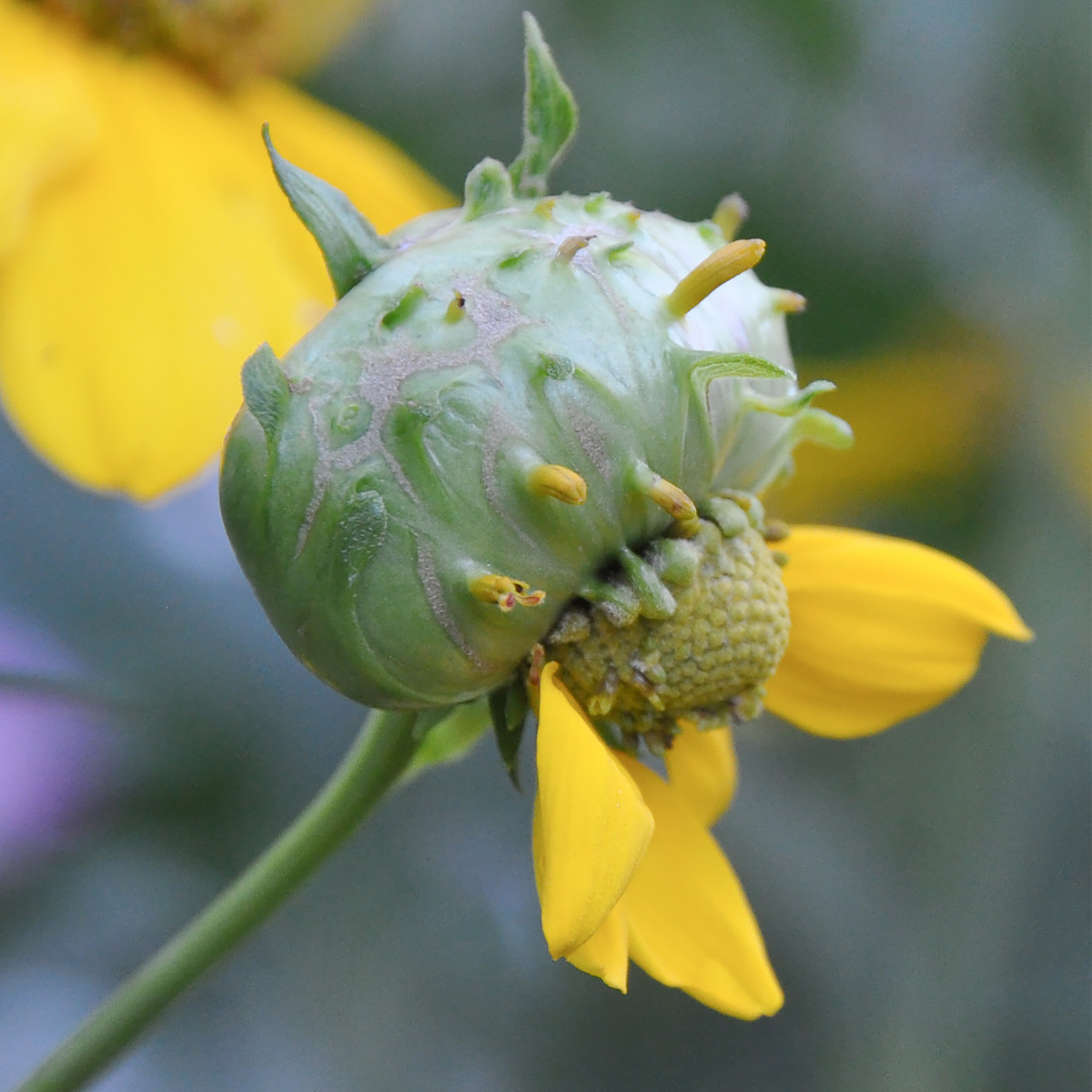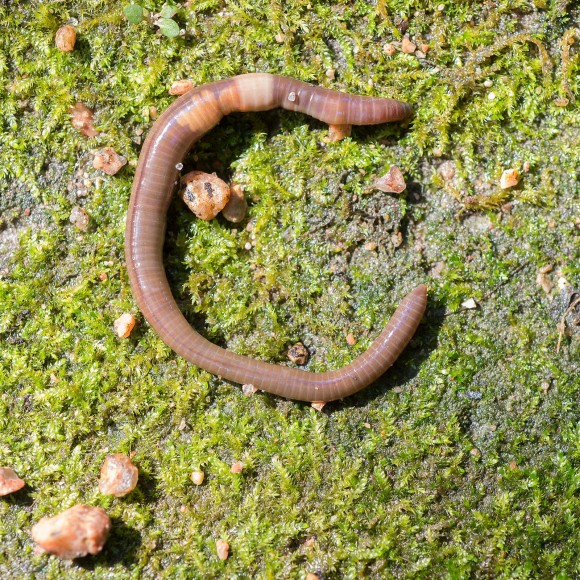A gall, tumor, or burl is an abnormal growth on the leaves, stems, roots, buds, twigs, or crown of a plant. In most cases, the gall is unsightly but not damaging. In small plants, the vascular flow of water and food can be restricted, causing poor growth and making the plant more susceptible to other stresses. A large tree can be weakened by an infection over many years. Nematodes, mites, and insects cause 95 percent of galls. Bacteria and fungi cause the remaining five percent. In most cases, the gall-making organism can be identified by observing the structure of the gall and the species of the host plant.
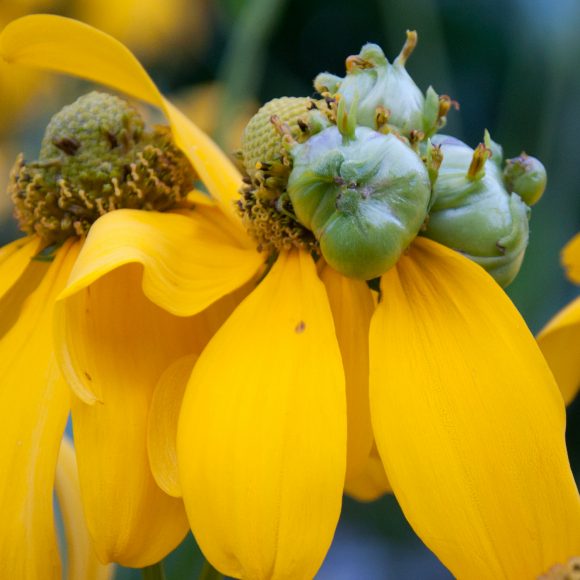
Fungal galls are spread by ascospores in wind and water and can be found on many common trees including oak, maple, and common privet. Black knot affects many species of the genus Prunus—particularly cherries and plums.
Crown gall is a common problem caused by bacteria. The disease is spread by infested soil, transplants, or contaminated tools. The bacteria enters the plant through wounds caused by cultivation, pruning, or insects. Easy prevention methods are to plant only healthy stock (no suspicious bumps), to clean pruners between use on each plant with alcohol or a 10 percent bleach/water solution, and to take care not to injure plant stems. The bacteria stays active in the soil even after removal of infected plants, so place new, healthy stock elsewhere. Remove and destroy all infected plants. Galls caused by bacterial and fungus are more prevalent during wet years.
A gall can form in response to toxins injected during insect feeding or egg laying, or around a feeding larva. The hackberry leaf gall is caused by psyllids, which are tiny winged insects. Galls formed by insects usually do not affect the overall health of the tree unless they experience early defoliation over the course of many years. Parasites are an important control of this pest. Many oak galls are caused by gall flies and generally are not detrimental. A severe twig infection can, however, cause severe injury and even death. Spruce galls are often caused by several species of an aphid-like insect. If only a few galls are present, they can be cut off and destroyed before the insects emerge in midsummer.
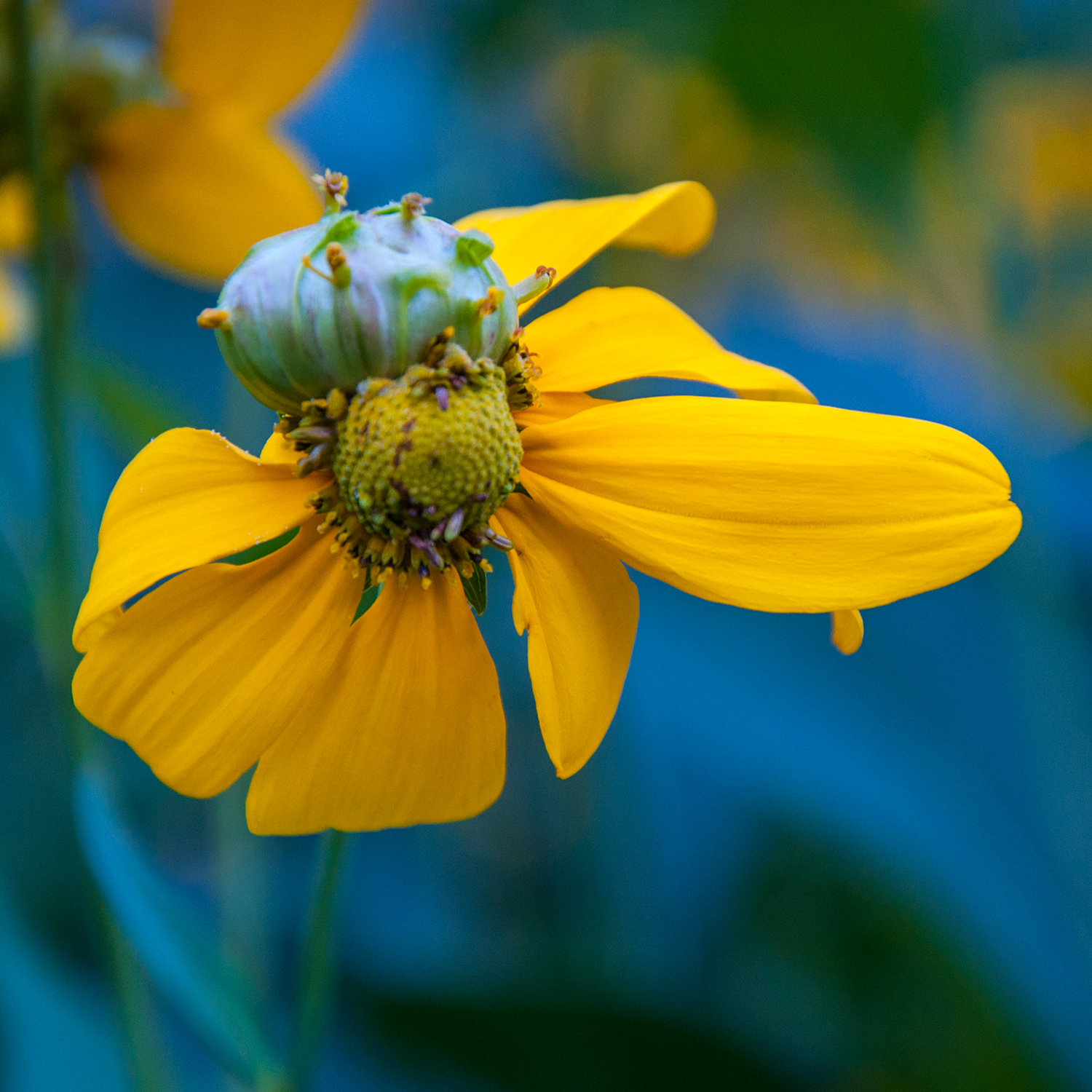
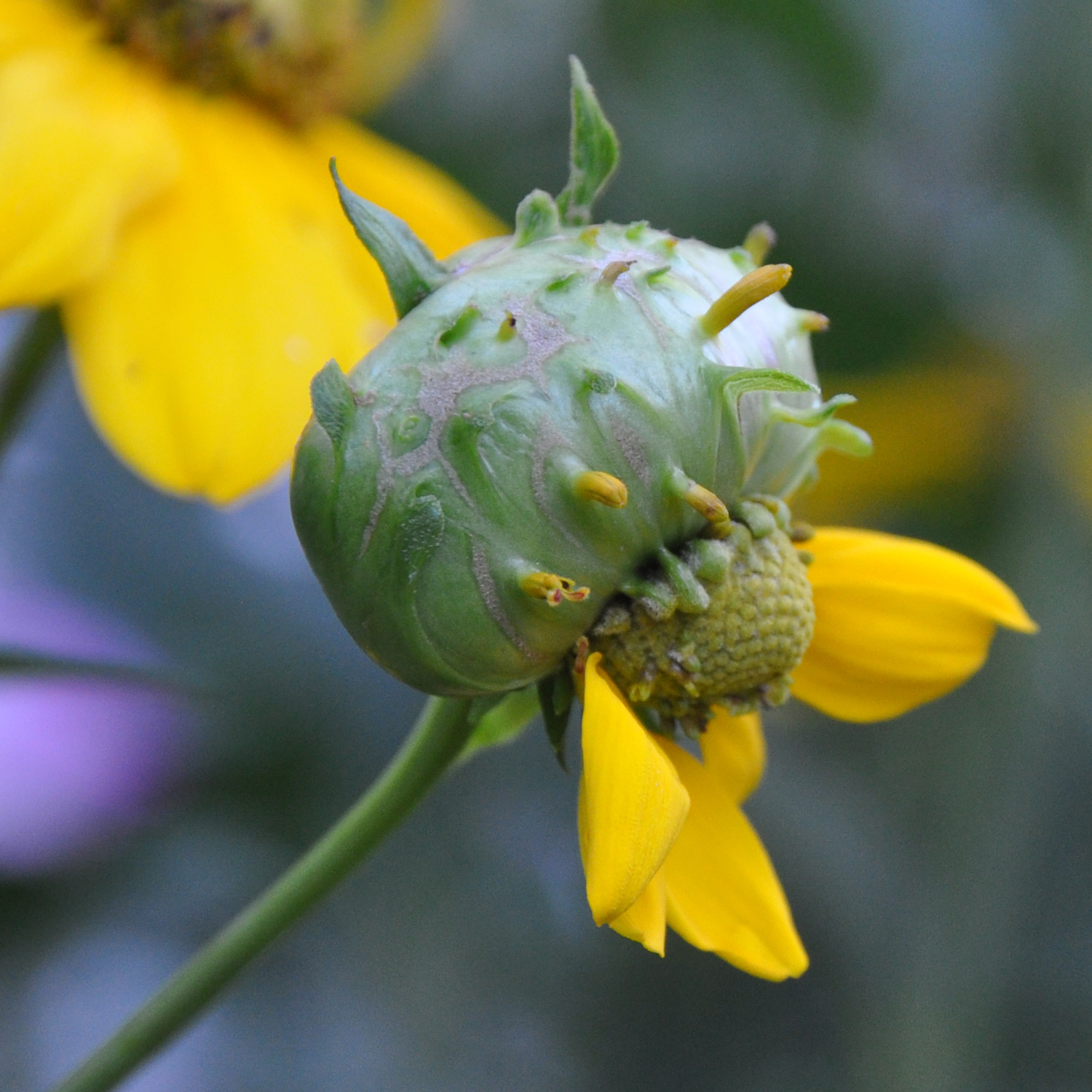
Leaf galls on maple trees form because of feeding mites. Eriophyid mites produce a gall that resembles a felt patch and may occur on the upper or lower side of the leaf. The overall health of the tree should not be seriously affected.
Nematode feeding activity can injure roots and allow gall-forming bacteria into the plant. Nematodes can also form galls on carrots, camellia, fig, gardenia, okra, potato, roses, sweet potato, and tomato. Plants can be stunted, yellow, and wilted due to restrictions on the uptake of water and nutrients. Individual nematodes are invisible to the naked eye, but egg masses can be seen as pearly objects. Roots can appear scabby, pimpled, rough, and have knots. Two important prevention methods are to rotate with nematode-resistant crops and to maintain rich organic soil.
Please contact Plant Information Service at (847) 835-0972 or at plantinfo@chicagobotanic.org for additional information.
©2017 Chicago Botanic Garden and my.chicagobotanic.org

